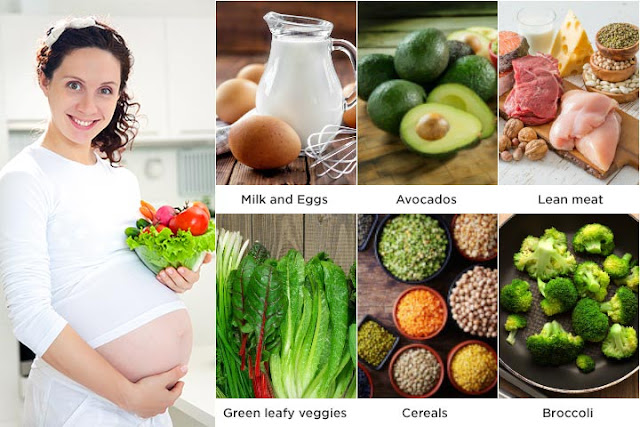Breastfeeding and newborn's salivation shape oral microbiome
The infant is first exposed to bacteria in utero from the placenta during gestation, then at the time of birth, is colonized with rich and diverse microorganisms from maternal sites, including the maternal lower genital tract, feces and/or skin, from milk feeds as well as from the general environment. The microorganisms contribute to the development of the neonatal oral microbiota that will then colonies the remainder of the gastrointestinal tract (GIT). The GIT microbiota has been shown to have many important roles in producing the infant’s innate and adaptive immune system, conferring protection against attacks from pathogenic microbes.
In newborn child’s saliva high levels of the metabolites, xanthine and hypoxanthine are present, which are substrates of xanthine oxidase (XO), an enzyme that is highly abundant in breast milk. When neonatal saliva mixed with breastmilk during feeding, hydrogen peroxide (H2O2) at concentrations up to 100 micromolar are formed, and this, in turn, activates the ‘lactoperoxidase system’ (LPO) in milk to further produce other reactive oxygen species (ROS) and reactive nitrogen species (RNS). The creation of these ROS and RNS was affirmed to have in vitro antibacterial action.
The mixture of breastmilk and saliva has been shown to play a vital role in shaping the healthy oral microbiota during the first few months of life, but this also has significant implications for premature or sick babies who are fed via a tube.
The newborn baby’s gut microbiota is a highly powerful community that is continuously shaped during the 1st days of life, with nutrition being among the most relevant drivers for its composition.
In this situation of the microbial trend among mother and child, the baby’s mouth is unavoidably involved, being the commit transition point for the milk to reach the gastrointestinal tract. The oral microbiota is a well-defined portion of the human microbiome.
During breastfeeding, the infant’s saliva responds with breastmilk to deliver reactive oxygen species, while at the same time giving growth-promoting nucleotide precursors. Milk thus plays a nutritional role in mammals, collaborating with newborn’s saliva to produce a strong mixture of stimulatory and inhibitory metabolites that regulate early oral-and consequently gut-microbiota.



Comments
Post a Comment